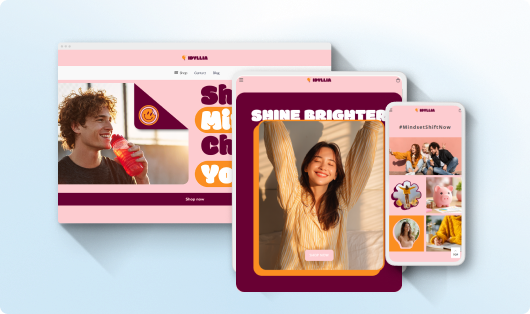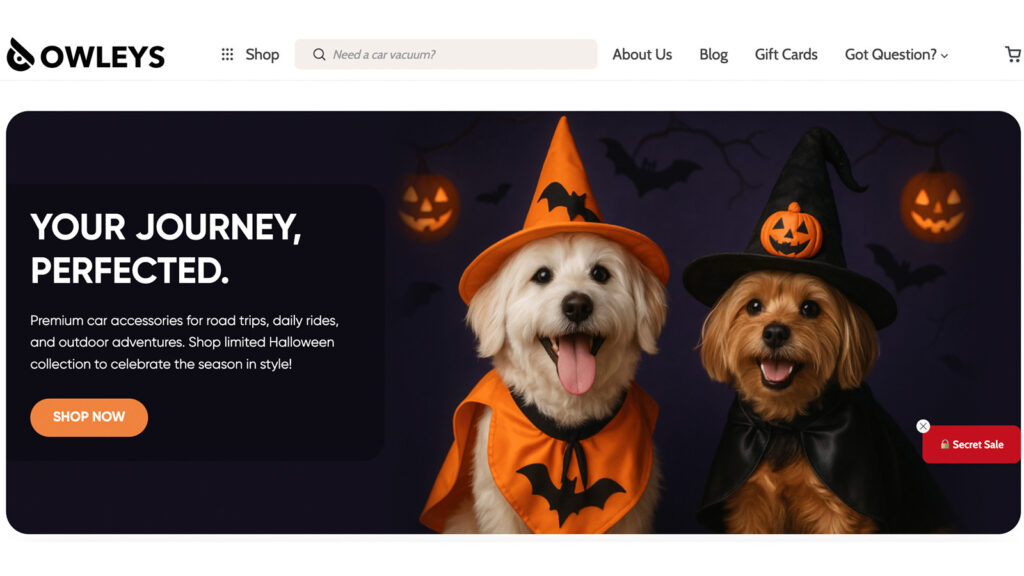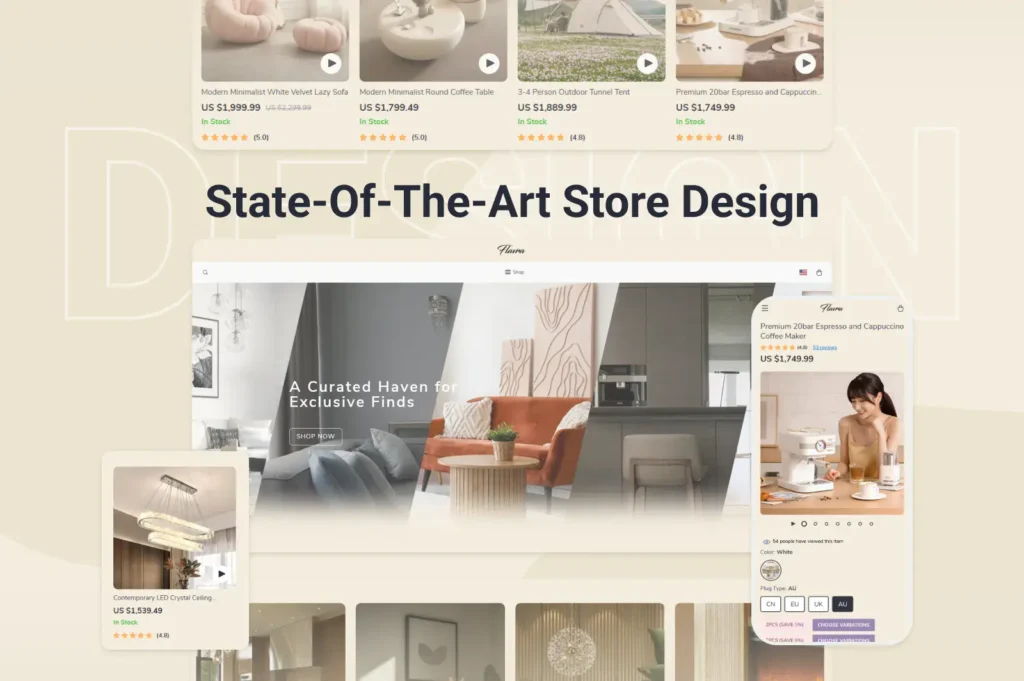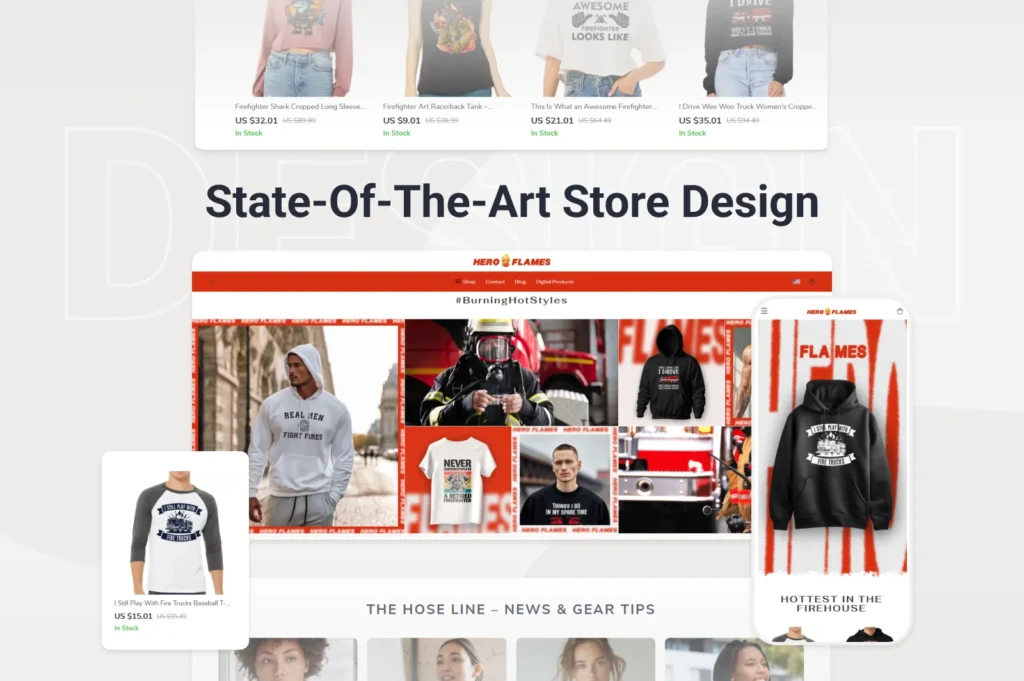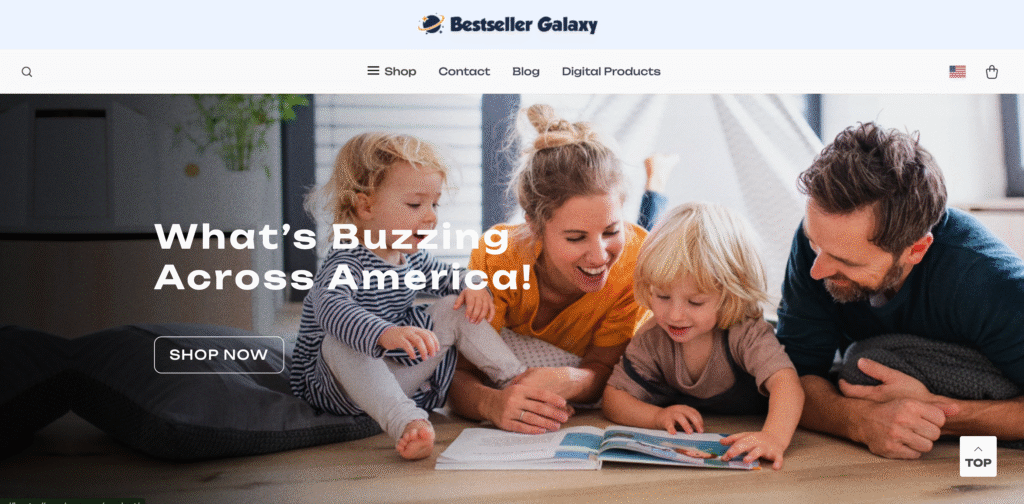Influencer marketing is a type of promotion where a business collaborates with influencers — individuals who have built a loyal online audience — to share their products or services. Instead of speaking directly to potential customers, you leverage someone they already trust to deliver the message.
This approach is a proven growth channel that has grown almost tenfold over the past five years.
And there’s a reason for this boom: it works. Studies show that every $1 invested in influencer marketing can bring up to $5.50 in return.
The best part is that influencer marketing works for most businesses if done right. Whether you run a niche dropshipping store or a ready-made Offiro store, influencer campaigns can boost visibility, build trust with your audience, and drive sales.
In this two-part guide, we’ll take you through everything you need to know about influencer marketing. In Part 1, we’ll explain why it works, what types of influencers you can collaborate with, how to choose the right one, and the most effective formats to use. In Part 2, we’ll dive deeper into ambassador programs, common mistakes to avoid, and a step-by-step plan for running your first influencer campaign.
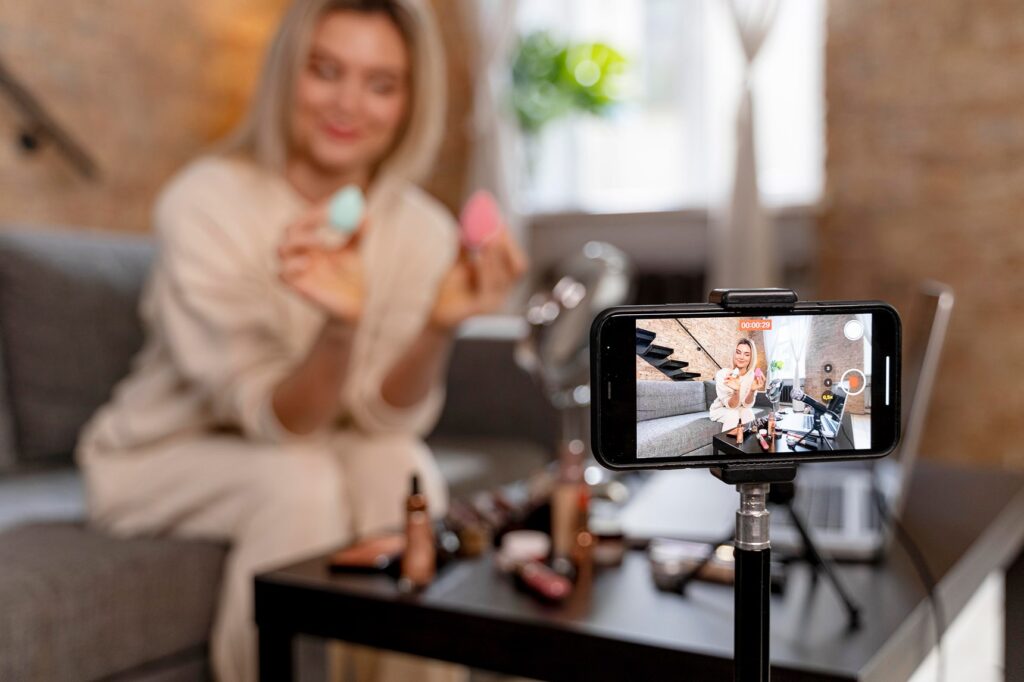
Why Influencer Marketing Works
The power of influencer marketing lies in psychology and numbers. It performs so well because of five simple reasons:
- Personal Trust
Over 80% of consumers say they trust recommendations from people they follow more than traditional advertising. An influencer’s audience is used to seeing their opinions and reviews, so their endorsement feels natural instead of forced. - Social Proof and Community Effect
When potential customers see others using and enjoying a product, they are more likely to buy it themselves. This effect is amplified when the “someone else” is a creator they admire or identify with. It transforms a product from a random listing into something that feels tried, tested, and, what’s more important, approved. - Higher Engagement and Better Targeting
Influencer campaigns usually outperform display ads in terms of engagement. People actually like, share, and comment on influencer content, which means your brand is seen and discussed. Plus, choosing the right influencer ensures your product is shown to a highly targeted audience that matches your niche. - Cost-Effective ROI
Compared to paid ads, influencer marketing can deliver more sales per dollar spent if you select the right partners and track results. Many businesses report a return of $5 or more for every $1 invested, making it one of the most cost-efficient marketing channels. - Long-Term Benefits
Unlike ads that disappear when your budget runs out, influencer content can live on for months. A YouTube review, TikTok video, or Instagram post keeps working as long as people continue to discover and engage with it.
| Reason | Why It Matters for Online Stores |
|---|---|
| Trust Over Ads | Recommendations feel authentic and build credibility. |
| Social Proof | Shows potential buyers that “people like me” use this product. |
| Higher Engagement | Sparks conversation and shares, extending organic reach. |
| Cost-Effective ROI | Brings more revenue per dollar than many ad channels. |
| Long-Term Benefits | Content keeps selling even after the campaign ends. |

Types of Influencers and What Numbers Truly Matter
When people hear “influencer,” they often imagine celebrities with millions of followers. But influencer marketing works at many levels and you don’t need a Hollywood star to get results. Here are the four main groups you’ll encounter:
- Mega-Influencers or celebrities (more than 1 000 000 followers)
These are “big names” like actors, athletes, or internet personalities with over a million followers. Their reach is massive, but so is the price tag. They’re great for global awareness campaigns but rarely cost-effective for small or niche stores. - Macro-Influencers ( between 100 000 and 1 000 000 followers)
These creators still reach a large audience, but their communities are slightly more focused than those of mega-influencers. Collaboration can be expensive but is often more targeted. - Micro-Influencers ( between 10 000 and 100 000 followers)
Micro-influencers hit the sweet spot for many eCommerce businesses. Their audiences are engaged, loyal, and trust their recommendations. The price per post is much more affordable, and in many cases, you can arrange barter collaborations — providing your product in exchange for a review or content. - Nano-Influencers (less than 10 000 followers)
These creators don’t have that many followers, but their communities are highly engaged. Nano-influencers are perfect for hyper-local or niche campaigns and are often willing to collaborate at a very low cost or purely on barter terms.

Why Engagement Matters More Than Followers
A large audience doesn’t guarantee results. What really counts is engagement rate — how many people actually like, comment, share, or click on the influencer’s content. An influencer with 20K highly engaged followers can often generate more sales than someone with 200K passive ones.
That’s why micro-influencers are often the best choice for online stores: they combine a big enough audience to make an impact with a personal connection that keeps followers listening. And because they’re more affordable, you can work with several at once — multiplying your reach while staying on budget.
| Influencer Type | Audience Size | Pros | Cons | Best For |
|---|---|---|---|---|
| Mega-Influencer | 1M+ | Huge reach, instant visibility, celebrity effect | Very expensive, low engagement rate | Global brand awareness |
| Macro-Influencer | 100K–1M | Large but niche audience, good credibility | Costly, not always deeply engaged | Big launches, wide exposure |
| Micro-Influencer | 10K–100K | High engagement, affordable, possible barter deals | Limited reach per influencer | Niche stores, product launches, trust-building |
| Nano-Influencer | <10K | Hyper-engaged community, very low cost | Very small reach, need to work with many at once | Local campaigns, first tests of influencer marketing |
Beyond Follower Count: How to Choose the Right Influencer
A big following looks impressive, but it doesn’t guarantee sales. In fact, it doesn’t even guarantee that those followers are real. Follower counts can be manipulated through bots, fake accounts, or mass follow–unfollow tactics. That’s why it’s crucial to look deeper: check if the influencer’s audience is made up of real, active people who actually engage with their content.
When picking an influencer to work with, here’s what you should really pay attention to:
- Audience Match
Check if their followers match your target customers. Consider their age, interests, location, and lifestyle — the more data the better. A creator with fewer followers but a perfectly matched audience can outperform a bigger influencer with a random crowd. - Engagement Rate
Engagement shows how actively people interact with the influencer’s content. Here’s a simple formula:
Engagement Rate (ER) = (Likes + Shares + Comments + Clicks + Bookmarks) ÷ Follower Count × 100%
As a rule of thumb:
- 1–3.5% → average engagement
- 3.5–6% → good engagement
- 6%+ → excellent engagement
Keep in mind that engagement varies by platform (TikTok generally has higher ER than Instagram) and by niche (beauty and fashion often have higher ER than B2B or tech).
- Authenticity and Tone of Voice
Look at how the influencer communicates. Do they educate their audience, entertain them, or mix both? Do they speak respectfully, or do they occasionally use edgy or rude humor that might clash with your brand values? The influencer’s tone of voice should feel like a natural extension of your own brand personality so that the collaboration doesn’t feel out of place. - Past Collaborations
Look at how they’ve worked with other brands. Did those posts get good reactions? Did followers engage positively or complain about too many ads? Did they work with your competitors before? - Budget Fit
Finally, make sure their rates fit your marketing budget — and that the price is justified by the value they can bring. Ask yourself:
- Are their rates realistic compared to their audience size and engagement?
- Do they provide a clear breakdown ( for example, price per post or per campaign)?
- Would this investment allow you to work with one influencer or several, and which option would bring better overall results?
Often, working with several well-chosen micro-influencers can outperform one big-name creator for the same or even smaller budget.
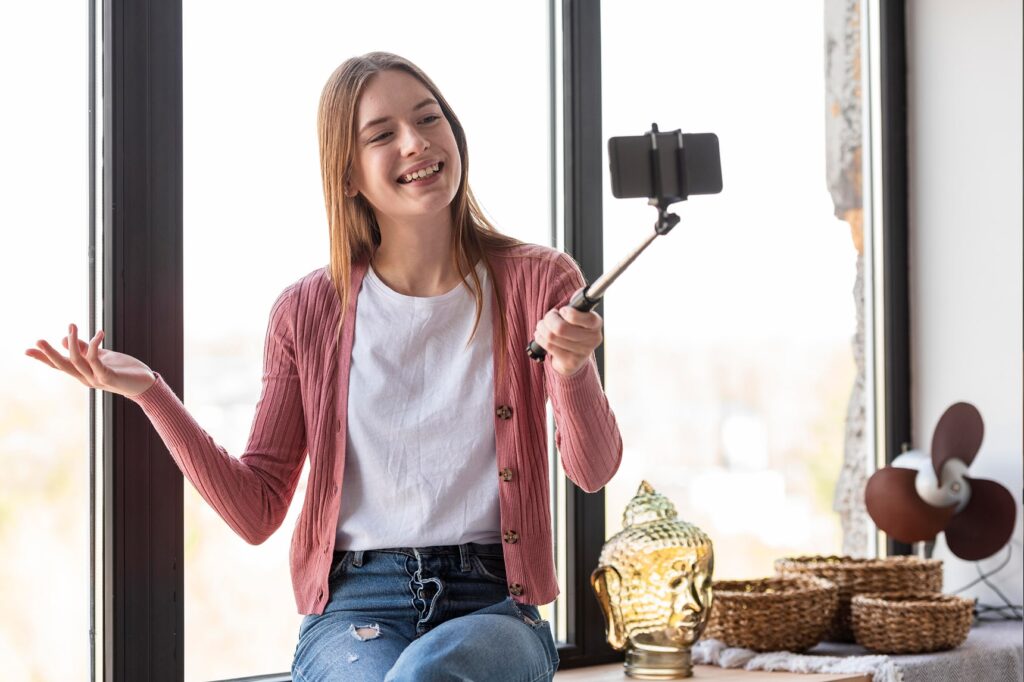
Where to Find Influencers
Once you know what kind of influencer you’re looking for, the next step is finding them. Luckily, there are plenty of ways to do it — and most don’t require expensive software.
- Social Media Search
Start simple: search directly on the platforms where your potential customers spend time. Each network has its own strengths:
- TikTok — With over 170 million monthly active users in the US alone, TikTok is a goldmine for reaching Gen Z and young Millennials. The platform’s audience is predominantly 12–24 years old, making it ideal for brands targeting younger shoppers. Search by niche hashtags, trending sounds, or viral challenges and look for creators with consistent engagement rather than just high views
- YouTube — With more than 250 million monthly users, YouTube is perfect for both broad and niche audiences. Its mix of long-form reviews, tutorials, and short-form YouTube Shorts makes it versatile: you can reach people actively researching products as well as those just browsing. Search for “[product] review,” “[brand] unboxing,” or “top [category] 2025” to find creators who already make content about products like yours
- Instagram — Popular among 25–34-year-olds, Instagram also counts more than 170 million monthly users and remains one of the strongest influencer platforms. Hashtags like #review, #unboxing, or your niche (#homedecor, #skincare) will help you find creators. Don’t forget to check Reels — short videos there often go viral and bring massive reach
- Competitor Research
See which influencers your competitors are working with. Their tagged posts, campaign hashtags, or even affiliate codes can give you a ready-made list of potential partners. - Influencer Marketplaces and Tools
Dedicated platforms make finding influencers easier:
- HypeAuditor, Modash, Upfluence — analyze audience quality and engagement
- Collabstr, AspireIQ, Heepsy — browse influencer profiles and outreach directly
Many tools have free trials or limited free plans, making them accessible even for small stores.
- Your Own Customers
Don’t overlook your current buyers. Some may already have a following and would happily share your product in exchange for a discount, free product, or small commission.

Collaboration Formats: How to Work With Influencers
Once you’ve found the right influencers, the next step is deciding how to work with them. There’s no universal approach, because the best format depends on your goals, budget, and product type.
Before choosing a format, consider how well the audience understands your product:
- If your product is simple, common, or intuitive ( like clothing, accessories, or home décor), you can focus on short, visually appealing formats that trigger emotions, like quick TikToks, Instagram Reels, and eye-catching photos
- If your product requires explanation or education ( like supplements, tech gadgets, or complex tools), it’s better to use longer formats that allow for demos, step-by-step guides, or Q& A sessions, like YouTube reviews, tutorials, or livestreams
Here are the most common and effective formats you can use:
- Sponsored Posts
You pay the influencer to create and publish content about your product. This can be a single Instagram post, TikTok video, or YouTube shoutout. Sponsored posts are simple to set up and great for short-term campaigns. - Product Reviews & Unboxings
You send your product for free and the influencer reviews it honestly. This format builds trust because followers see the product in action and get real-time emotions. - Tutorials and “How-To” Content
Especially effective on YouTube and TikTok, tutorials show how your product solves a problem. This type of content has a long shelf life and keeps attracting views months later. - Giveaways & Contests
You collaborate with an influencer to run a giveaway. Participants must follow your account, like the post, or tag friends and receive a reward. Just make sure to play by the rules and send the prize to the winner. - Livestreams & Online Events
Livestreams on Instagram, TikTok, or YouTube allow influencers to interact with their audience in real time. These sessions are usually longer, making them ideal for introducing new or lesser-known products, answering questions, and building deeper trust.
| Format | Cost Level | Trust Level | Best For |
|---|---|---|---|
| Sponsored Posts | 💲💲 | ⭐⭐ | Quick visibility, seasonal promotions |
| Product Reviews | 💲 | ⭐⭐⭐⭐ | Building credibility, showing product use |
| Tutorials / How-To | 💲💲 | ⭐⭐⭐⭐ | Educating customers, complex products |
| Giveaways & Contests | 💲💲 | ⭐⭐⭐ | Boosting followers and engagement fast |
| Affiliate Partnerships | 💲–💲💲 | ⭐⭐⭐⭐ | Performance-based sales campaigns |
| Livestreams / Events | 💲💲 | ⭐⭐⭐⭐⭐ | Launching new products, deep audience engagement |
Wrapping Up Part 1
By now, you know what influencer marketing is, why it’s such a powerful growth channel, what types of influencers are out there, and which collaboration formats work best for different kinds of products.
In Part 2, we’ll take things a step further:
- Learn when and how to set up a brand ambassador program
- Discover the biggest mistakes businesses make when working with influencers — and how to avoid them
- Get a step-by-step plan for running a successful influencer campaign, from goal-setting to measuring results
If you’re ready to turn influencer marketing into a real sales driver for your store, don’t miss the second part of this guide.

